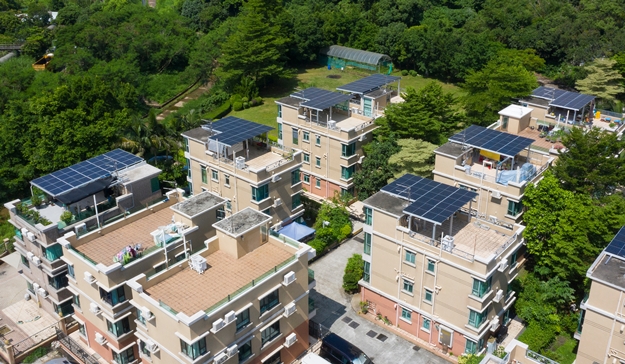What is the future of Asian megacities? How can we build homes for the future that are sustainable?
Questions that Hari V. Krishnan, Chief Executive Officer, and Managing Direction, PropertyGuru Group, raised during the Asia Real Estate Summit 2020 during his presentation, ‘GuruTalk: Homes of the future’.
Between 2015 and 2025 it is predicted that 25 percent of South East Asia’s population will move to megacities. Therefore 350 million people will live in the urban setting by 2025 to utilise the facilities that megacities provide.
Already three Asian megacities are suffering from the rise of urbanisation that will worsen further. Bangkok, Jakarta, and Penang encounter flooding while Singapore and Malaysia suffer from smog. Additionally, the residents of Jakarta have already sued their government for air quality.
Krishnan emphasises that we need to intervene on how to plan our cities and communities better. We should take inspiration from cities of more developed countries to help build a better future as children of poor communities are less likely to be successful.
For example, Tel Aviv has built an electric road to power buses, and the Whim app in Helsinki helps citizens to access different transport means to plan their journey. Its success has led to it rolling out in the UK, Tokyo, and Singapore.
Property seekers are already thinking of their homes for the future. There is an appetite for more efficient cooling and solar panels to heat their homes. Krishnan states that we must improve our homes of the future, whether that is increasing allotment gardens to grow our own produce or adopting digital apps to manage our utilities. Developers in Asia have taken note of these demands and are jumping into the digital age with both feet.
Prefabricated buildings are becoming more common. These and modular buildings help reduce noise pollution and improve air quality when being built. Time and money must be invested to improve public policies and private investment to help drive sustainable building practices. Climate change is here, and while Asian megacities grow we owe it to our children to create homes for the future.
Sustainable and responsibly built structures reflect the community around them. Small steps should be taken like eradicating single-use plastics to efficiency-driven appliances to help tackle global warming.
Technology underpins several different sustainable solutions, whether that is tracking the water supply of an appliance, but the government must play a bigger role in achieving this. Every citizen of the world needs to live more sustainably for our future generations, and change needs to happen today.
Stay abreast of the industry’s news and updates sending directly to your inbox, sign up here.




